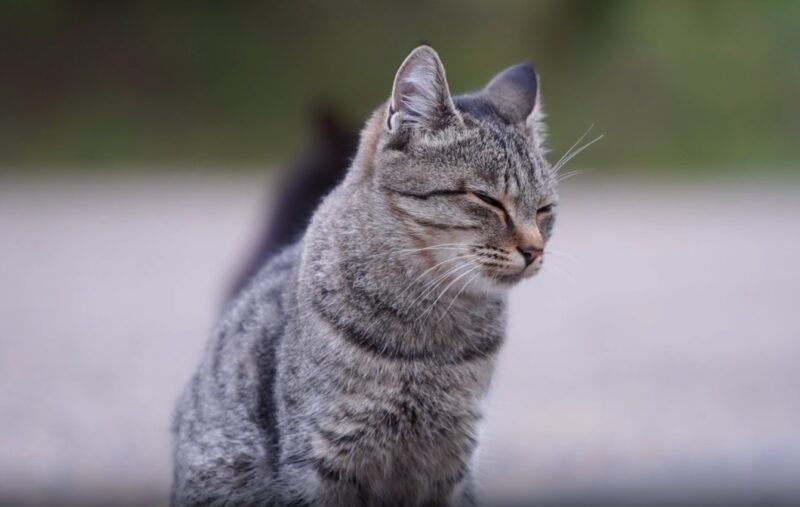Mammals have hair or fur; are warm-blooded; most are born alive; the young are fed milk produced by the mother’s mammary glands; and they have a more complex brain than other animals.
Cats enchant us with their grace, independence, and mysterious aura. But beyond their captivating personalities and sleek fur lies a biological fact: cats are mammals.
This classification is not arbitrary but is based on specific criteria that cats fulfill, connecting them to a vast family of animals that includes humans.
Let’s try to understand why cats are considered mammals.
Key Takeaway
1. Warm-blooded
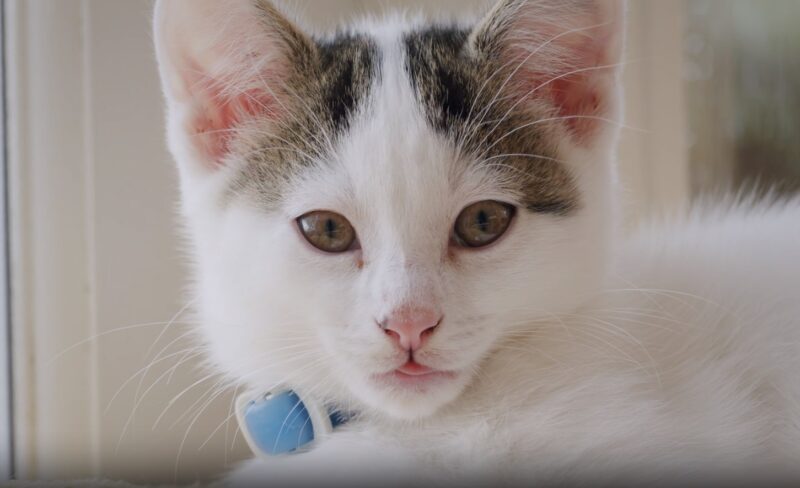
Cats, like all mammals, are able to regulate their body temperature internally through a process called thermoregulation. This allows them to maintain a constant body temperature, typically around 101 degrees Fahrenheit, regardless of the temperature of their environment.
This is in contrast to cold-blooded animals, such as reptiles, which rely on external sources of heat to regulate their body temperature.
Cats spend about 70% of their lives sleeping. That’s about twice as much as the average human! “Cats are rather delicate creatures and they are subject to a good many ailments, but I never heard of one who suffered from insomnia.” – Joseph Wood Krutch
2. Fur or hair
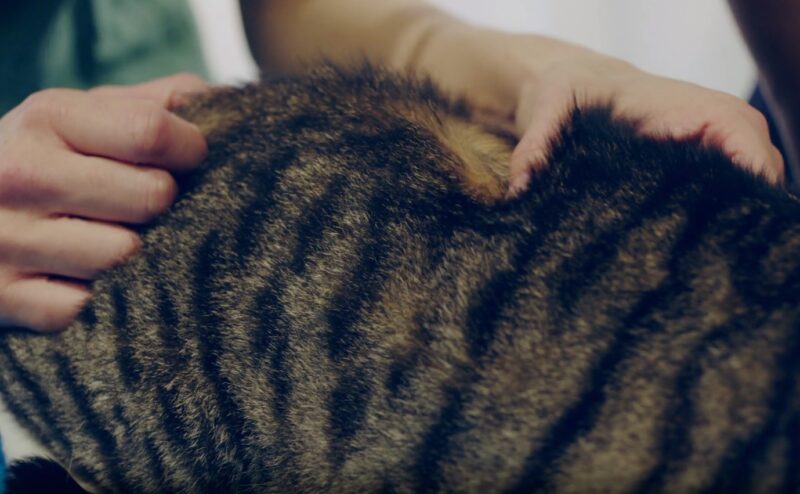
Cats have a coat of fur that helps to insulate them and keep them warm. The fur also helps to protect their skin from injuries and can provide some camouflage in their natural environment.
The thickness and length of a cat’s fur can vary depending on the breed and the time of year, with some cats shedding their fur in the warmer months to help keep cool.
Cats are obligate carnivores, which means that they need to eat meat to survive.
3. Three middle ear bones
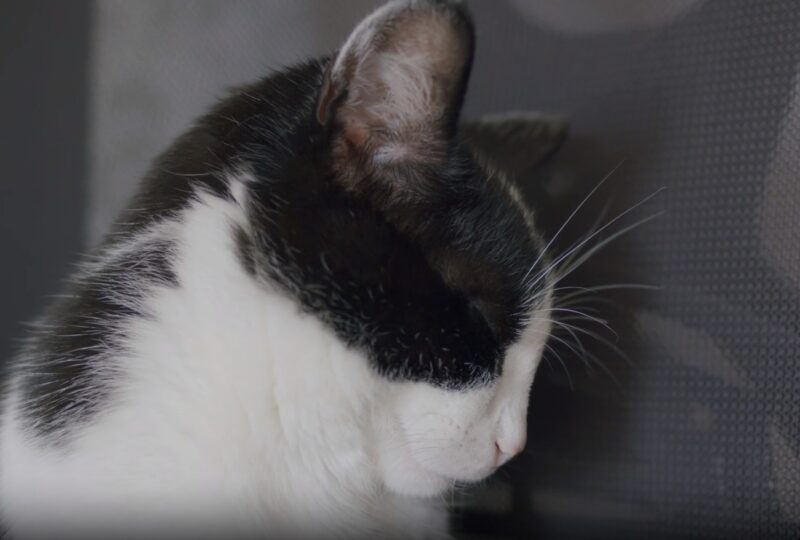
Cats have three small bones in their middle ear (the malleus, incus, and stapes) that help to transmit sound from the eardrum to the inner ear.
These bones, also known as the ossicles, amplify the sound vibrations and allow cats to hear a wide range of frequencies, including high-pitched sounds that are inaudible to humans.
They can’t taste sweet things. This is because they lack the sweet taste receptor gene.
4. Specialized teeth
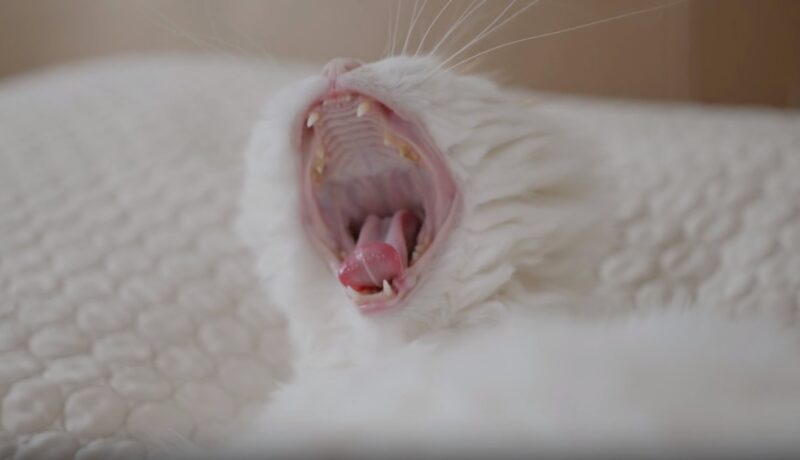
Cats have a set of specialized teeth, including incisors, canines, and molars, that are adapted for tearing and chewing meat. The incisors are small, sharp teeth at the front of the mouth that are used for biting off small pieces of food.
The canines are long, pointed teeth that are used for tearing meat. The molars are located at the back of the mouth and are used for grinding and chewing food.
“Cats are the ultimate narcissists. You can tell this by all the time they spend on personal grooming. Dogs aren’t like this. A dog’s idea of personal grooming is to roll in a dead fish.” – James Gorman
5. Mammary glands
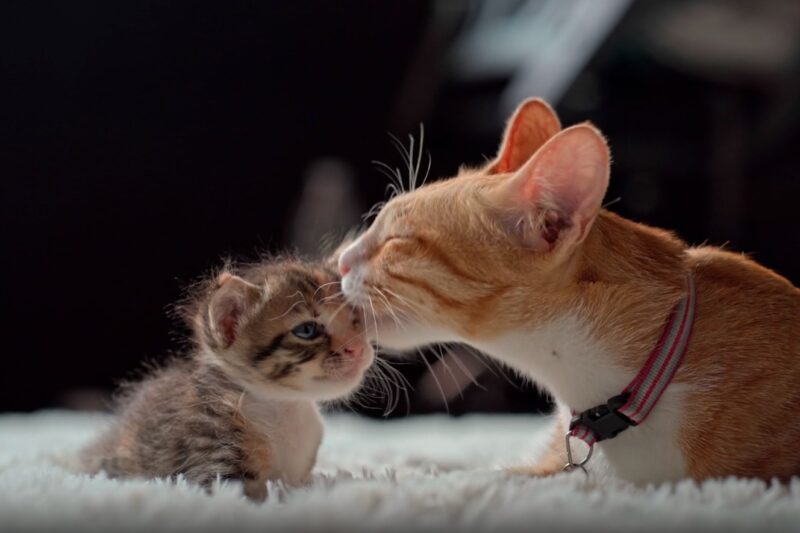
Female cats have mammary glands that produce milk to nourish their young. The number of mammary glands can vary depending on the breed, with some cats having as few as four glands and others having as many as eight.
The mammary glands are located on the cat’s belly and are stimulated to produce milk when the kittens nurse.
“Cats are connoisseurs of comfort.” – James Herriot
6. Live birth
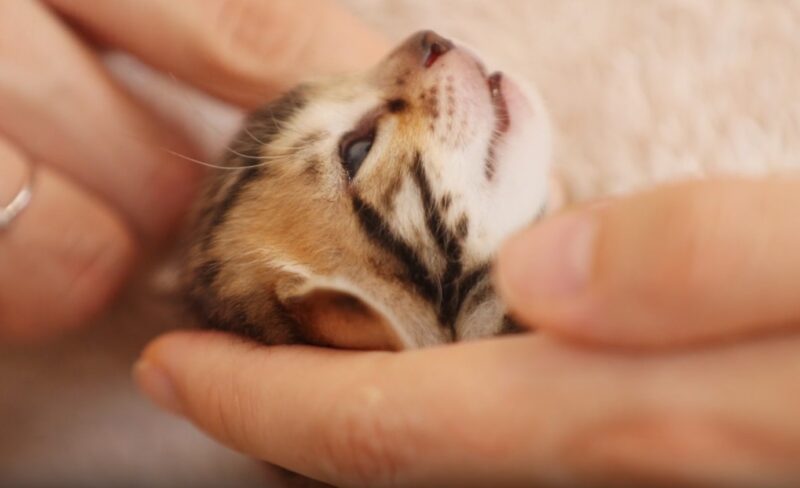
Cats give birth to live young, rather than laying eggs. The gestation period for a cat is typically around 63-65 days, although it can vary depending on the breed and the individual cat.
The average litter size for a cat is four kittens, although litters can range in size from one to twelve kittens.
After birth, the kittens are completely dependent on their mother for milk and care, and they will remain with her until they are weaned and able to fend for themselves.
“Cats are smarter than dogs. You can’t get eight cats to pull a sled through snow.” – Jeff Valdez
How the Cat Arrived on Noah’s Ark
According to a Hebrew legend, God created cats after Noah prayed for help in protecting the food stores on the Ark from being eaten by rats. As the story goes, Noah was having difficulty keeping the rats at bay, and he turned to God for assistance.
In response, God created the first cat, a creature with sharp claws and a keen hunting instinct, to help Noah keep the rats under control. The cat was so successful in its task that it became a beloved companion of Noah and his family, and it has been a popular pet ever since.
This legend is one of many stories that have been told about the origins of cats and their relationship to humans.
While it is unlikely that the events described in the legend are literally true, the story reflects the important role that cats have played in human history as hunters of vermin and as valued companions.


